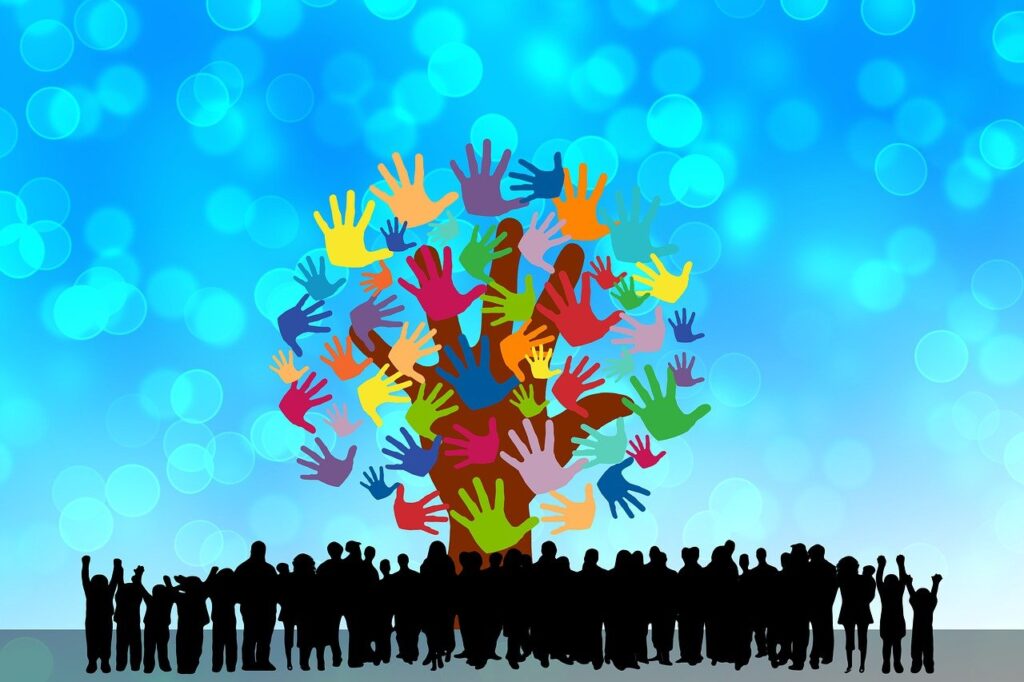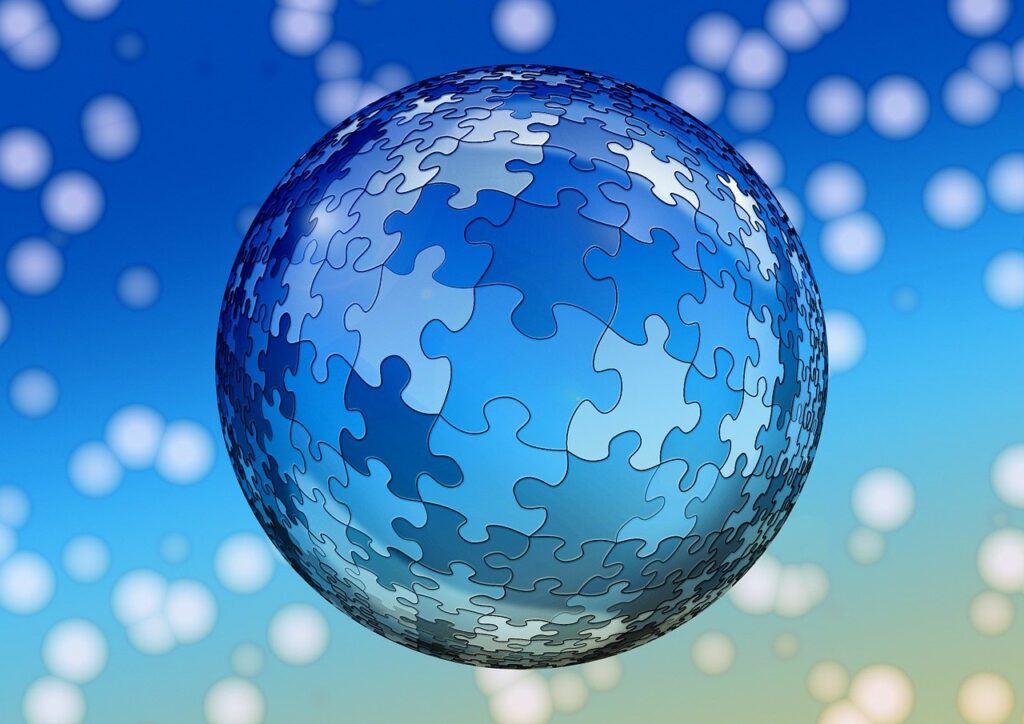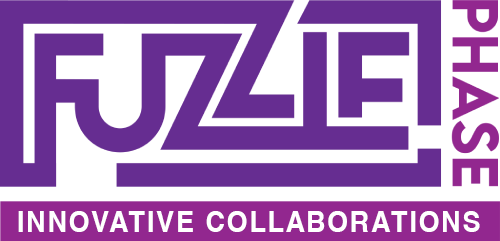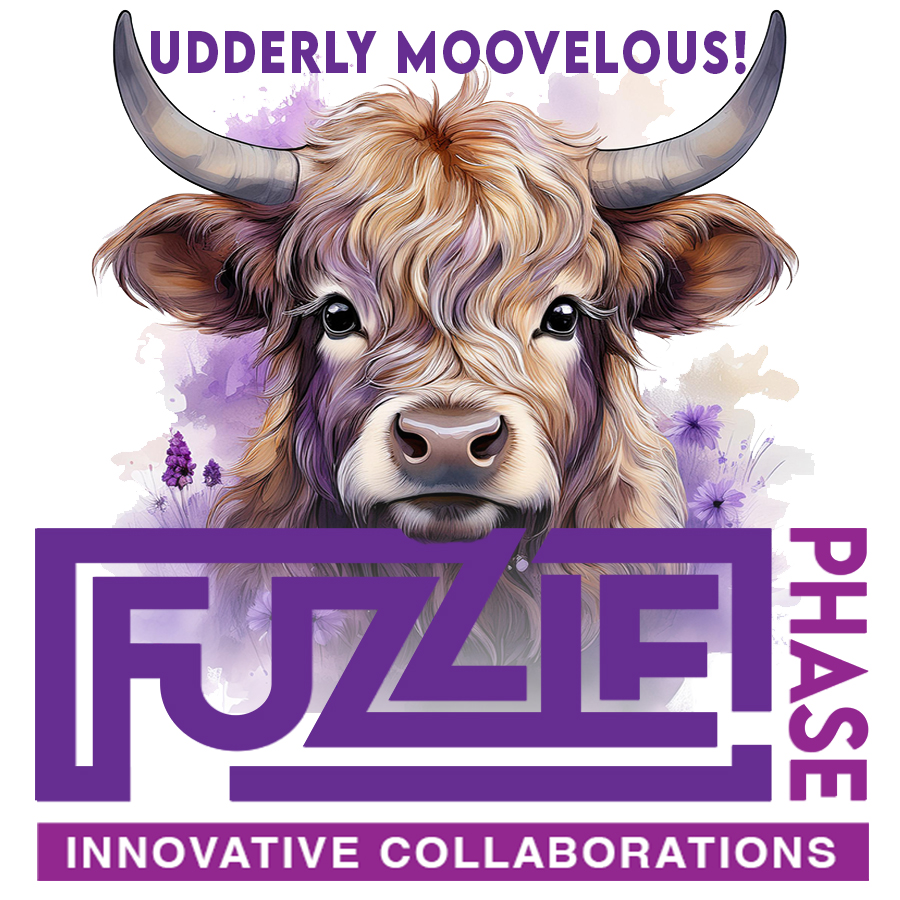Promoting Unity: How Fun Challenges Help Students Embrace Differences and Lift Each Other Up

In today’s diverse and ever-evolving world, one of the most powerful tools we can offer students isn’t just academic—it’s social-emotional. Teaching young people how to celebrate differences, appreciate unique perspectives, and support one another lays the foundation for communities built on empathy, collaboration, and growth. But how do we move beyond lectures and lessons to make this trait something students live and feel? Enter the magic of experiential learning—especially through escape room-style puzzles and action-packed obstacle courses.
The Beauty of Differences
Every student brings their own story to the table: different backgrounds, learning styles, personalities, talents, and ways of seeing the world. When students are encouraged to see these differences as assets rather than obstacles, a powerful shift happens. They begin to recognize that collaboration isn’t just about working together—it’s about thriving together.
But building that mindset doesn’t happen overnight. It takes experience. It takes connection. And it takes a little bit of fun.
Turning Puzzles into Power Moves


Escape room-style puzzles are more than a blast—they’re brain-boosting, team-bonding experiences. Each puzzle demands a different kind of thinking: logic, creativity, pattern recognition, communication. As students take on these challenges together, they quickly realize that no one person holds all the answers.
The quiet thinker might crack the code. The artistic student might spot a visual clue. The natural leader might organize the chaos into a winning strategy. Suddenly, those “differences” become superpowers, and students start cheering each other on instead of competing against one another.
And the best part? They feel it. They see the impact of their classmates’ strengths in real-time, in a context where everyone’s contribution matters. This is social-emotional learning disguised as a high-stakes, heart-pounding adventure
Obstacle Courses That Break Down Barriers
Now let’s take it physical. Obstacle courses challenge not just the body but the spirit of teamwork. Whether it’s balancing on beams, climbing walls, or solving physical tasks together, students learn quickly: success requires trust, encouragement, and shared effort.
When students help each other through a tough climb or cheer on a struggling teammate, they’re not just building muscles—they’re building character. They learn to lift each other up—literally and emotionally. These moments of support help dissolve social walls, spark unexpected friendships, and create a sense of belonging that extends far beyond the finish line.
Creating a Culture of Empowerment
When educators create opportunities for students to work together in meaningful, exciting ways, they’re planting seeds of inclusion, empathy, and community. These experiences remind students that everyone has value. That our differences don’t divide us—they define us, enrich us, and make us stronger together.
So let’s design more classrooms and programs that blend fun with purpose. Let’s champion challenges that not only test knowledge or agility but build understanding, acceptance, and trust.
Because when students learn to unlock each other’s potential, they’re not just escaping a room—they’re unlocking a better world.
- We host events at your location. Monday - Saturday
US

